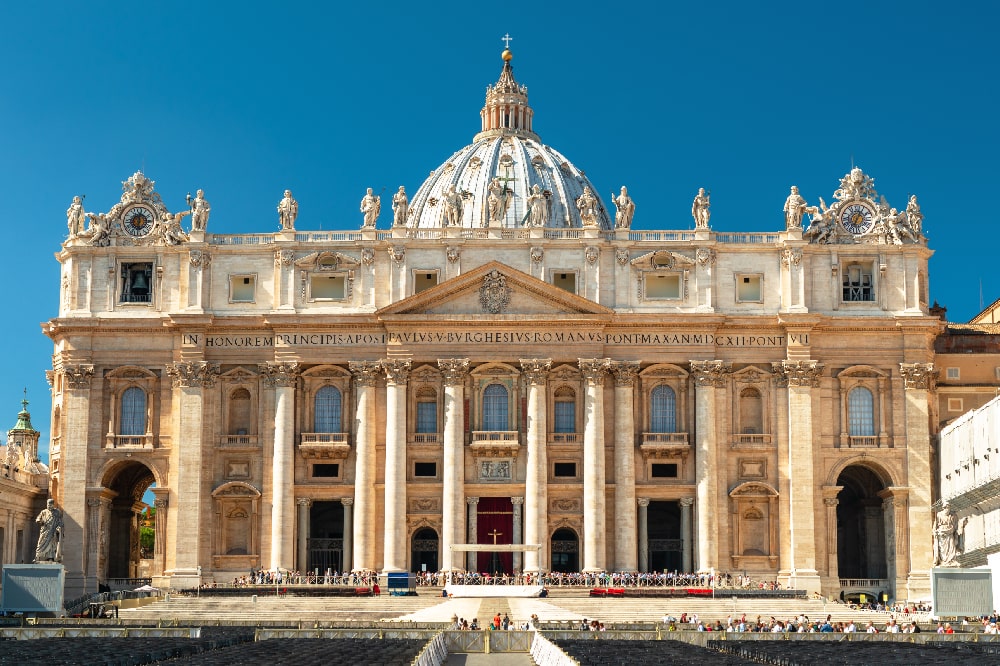Judas’ name is linked to the sad story of the apostle who betrayed Jesus: read this article to know the true story of Judas Iscariot.
Contents
Peter was the “head” of the Apostles and the first Pope. John was the disciple that Jesus loved. Matthew the publican and Thomas the unbeliever. Among the twelve Apostles of Jesus, there were several charisms and distinctive features that we also remember today. One of them stood out for the perhaps most dramatic and dark event of the Gospel: Judas Iscariot, the Apostle who betrayed Jesus.
The Origins of Judas Iscariot
Often the names of the characters in the Gospel, including the Apostles, are accompanied by attributes that give information on the origin – Jesus is often called the Nazarene – or to emphasize a characteristic that identifies the person – as Simon the Zealot. The attribute Iscariot, which accompanies the name of Judas, is used to distinguish him from Judas Thaddeus, another member of the Twelve. The word Iscariot has been studied by philologists and most of them think it means “Man of Querjoth”: it gives us information about the origins of the character of Judas. Querjoth was a village in southern Judea. Curiously, if the hypothesis is correct, Judas would be the only Apostle not to come from Galilee, the simplest and least advanced area of Judea.
Another possible interpretation of the word Iscariot is that it is a derivative of the Greek word sikarios, that is, killer, which was generically used in the time of Jesus to indicate who opposed the Roman domination with the guerrilla.
Judas’ role among the Apostles
In the group of the Apostles, Judas had the role of treasurer, that is, administrator of the money of the group. In the Gospel of John, it is emphasized that Judas took advantage of the task, stealing from the common chest. In particular, his attachment to money is highlighted in the episode of the woman who breaks the jar of spikenard oil, of great value, to anoint Jesus. Judas becomes angry that the oil could be sold to make money for the poor, but the evangelist specifies that Judas was not interested in the poor but in money in the common chest.
The role of Judas was again the subject of study in 1978, with the discovery of a Coptic papyrus, written in a gnostic context, called the “Gospel of Judas”, in which a very different interpretation of the character of Judas is outlined. According to the papyrus, Judas did not betray Jesus but fulfilled God’s will: Jesus would have revealed to him some secrets and Judas would have contributed to the arrest of Jesus to allow the plan reserved for Christ to be fulfilled. This interpretation, however, is not supported by other evidence.
After the Resurrection, to preserve the number of Apostles chosen by Jesus, a substitute for Judas was identified: Saint Matthias, who was chosen among the disciples closest to Jesus to evangelize together with a group of the Apostles.

Judas’ betrayal in exchange for 30 dinars
The figure of Judas has become over the centuries a symbol of traitors and thieves. Dante Alighieri, in the Divine Comedy, meets Judas right at the lowest point of Hell, reserved for traitors. The betrayal of Judas in exchange for 30 dinars is just the opposite symbol to that of the Cross: the love of Jesus is without measure, it is a sacrifice for others, while the gesture of Judas is sinister and materialistic.
The Gospels tell how Judas agrees with the high priests to deliver Jesus to them in exchange for 30 silver coins. Compared to modern currencies, we could say that the 30 coins correspond to about 3000 dollars nowadays. This was the compensation that Judas moved for his betrayal, for which he repented, returning the money and taking his own life, as reported in the Gospel of Matthew and the Acts of the Apostles.
“One of you will betray me”: Last Supper
The betrayal took place on the evening of the Last Supper. Precisely during the Last Supper, Jesus says that he will be betrayed by one of them, causing dismay and sorrow in the Apostles. Jesus addresses Judas directly, saying, “What you must do, do it as soon as possible”. Judas leaves the group, while the other Apostles do not understand the phrase of Jesus, thinking that it is a commission from the treasurer.
In many of the representations of the Last Supper, the character of Judas is recognized because he is portrayed with a bag of coins in his hand. In some cases, it is without a halo or is at one end of the table, as if to mark its inner distance from the group of Apostles.
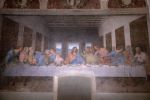
The Last Supper by Leonardo da Vinci
The Last Supper by Leonardo da Vinci, in Santa Maria delle Grazie, is one of the most famous works in the world
The kiss of Judas
The culminating event of Judas’ betrayal is the kiss, used by Judas to point out Jesus to the high priests in Gethsemane. Judas uses this sign of affection in a false and contradictory way: what should express love – the kiss – instead becomes an instrument of evil.
The story of the betrayal of Judas, like many of the episodes of the Gospel, became part of the popular tradition and common feeling. Even today the expression “being a Judas” is used to indicate someone as a traitor or thief, the two emblematic characteristics of the character.


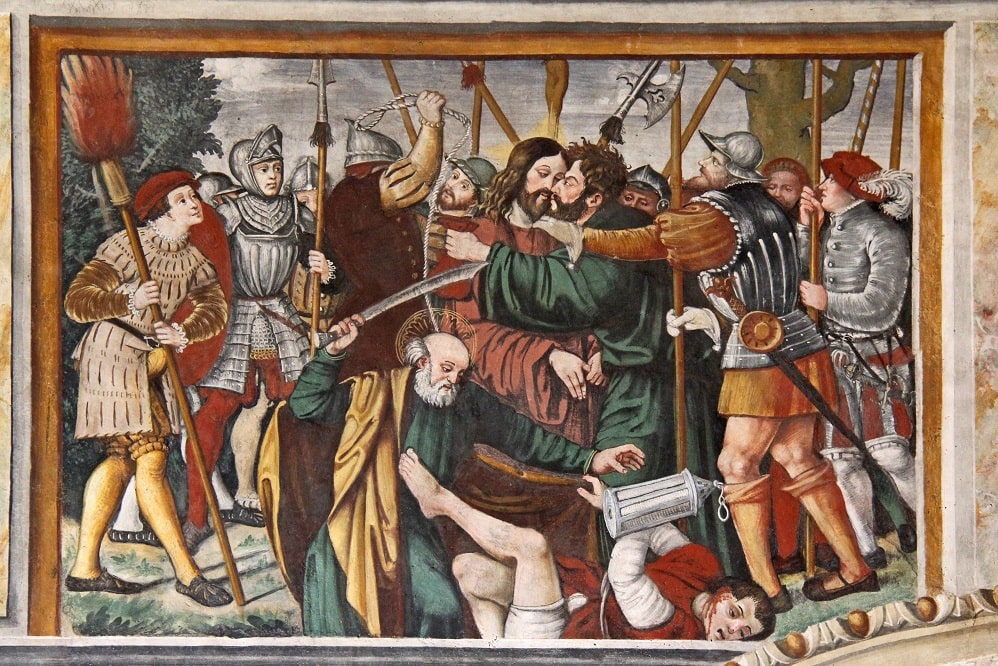


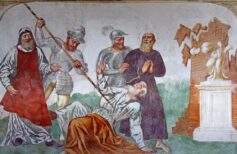
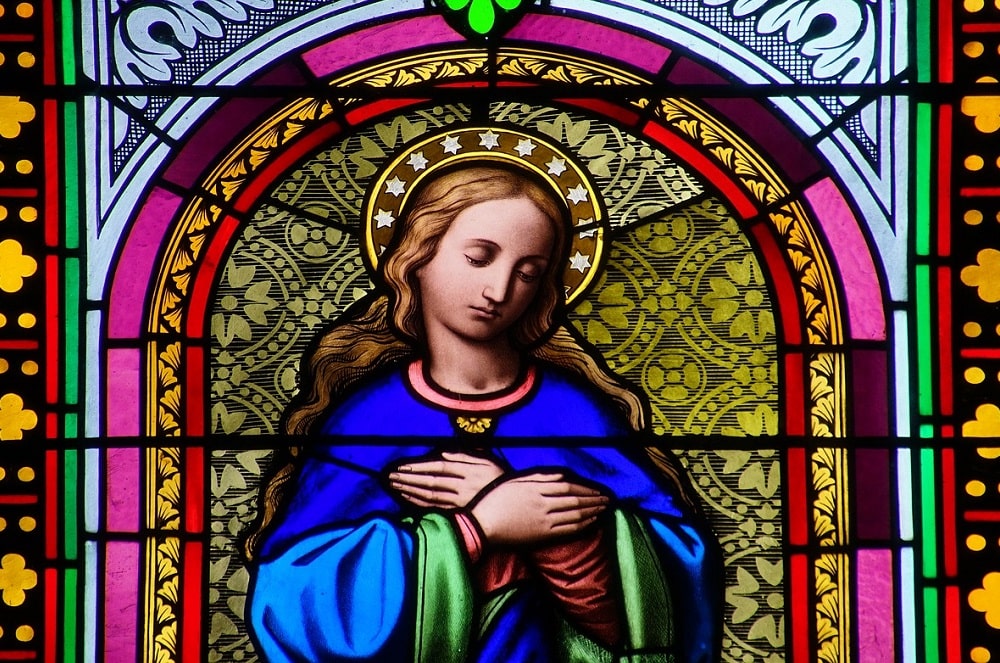
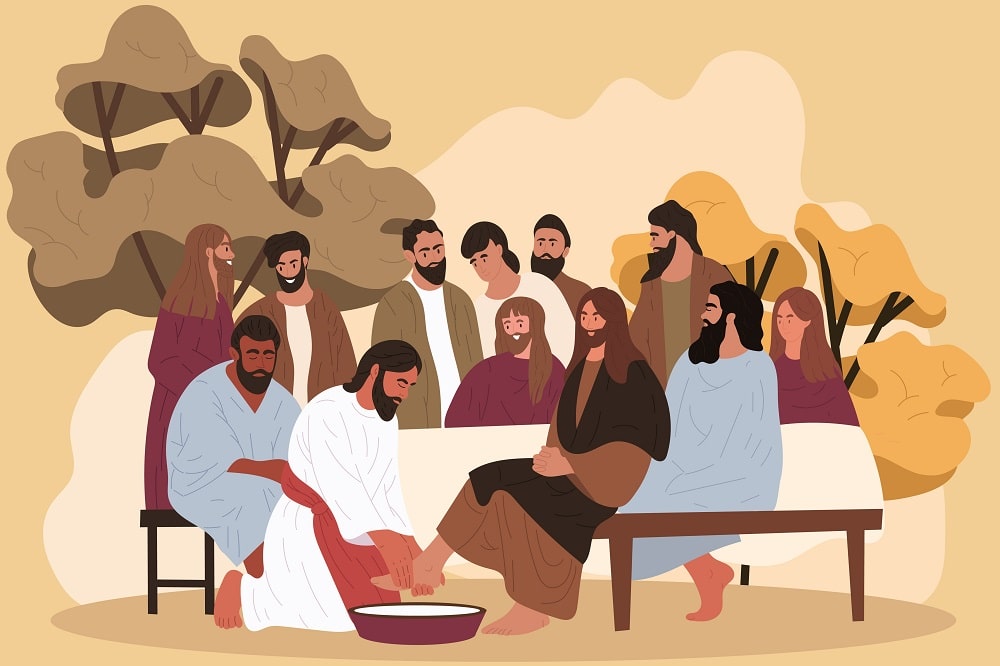












 25 August 2025
25 August 2025

